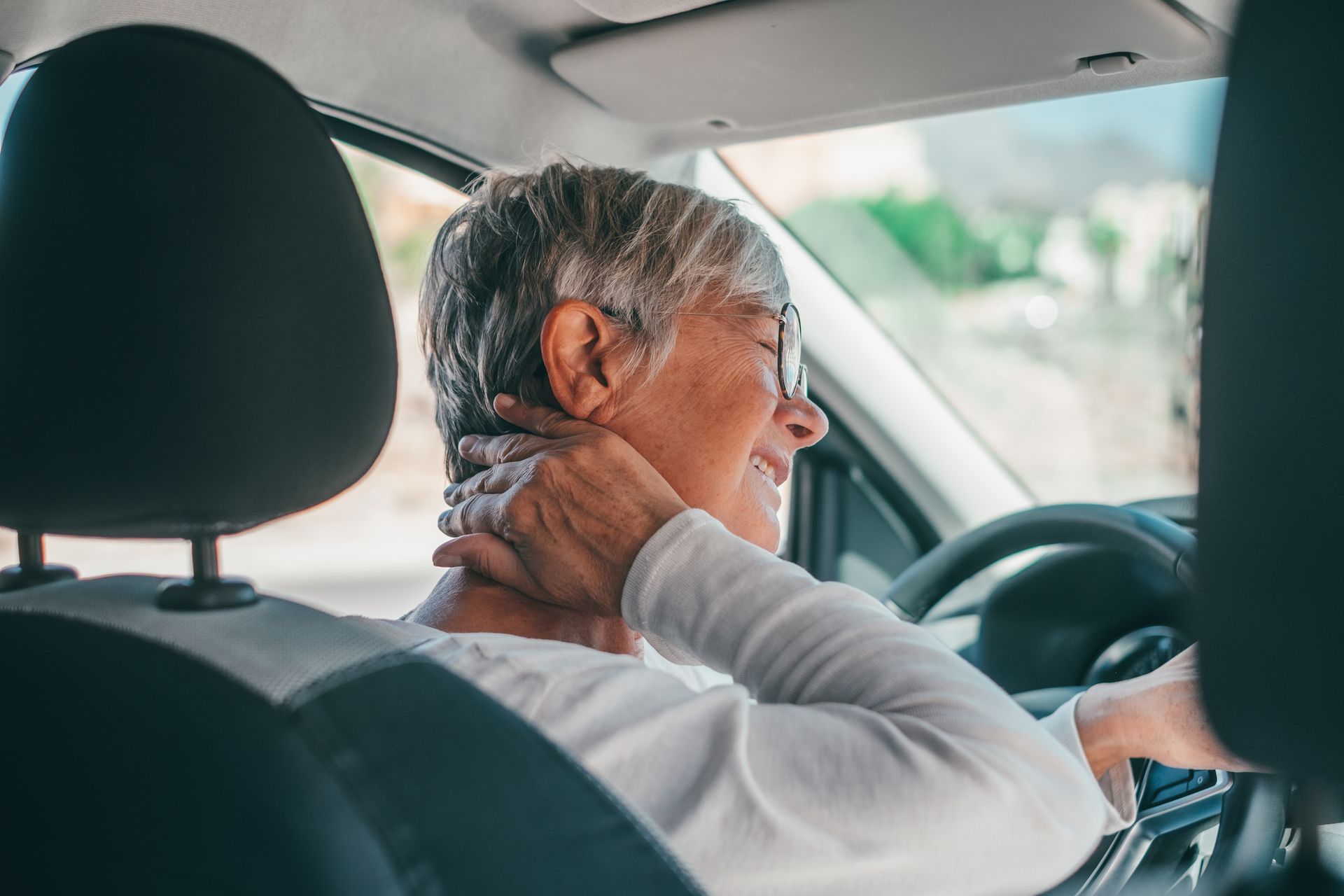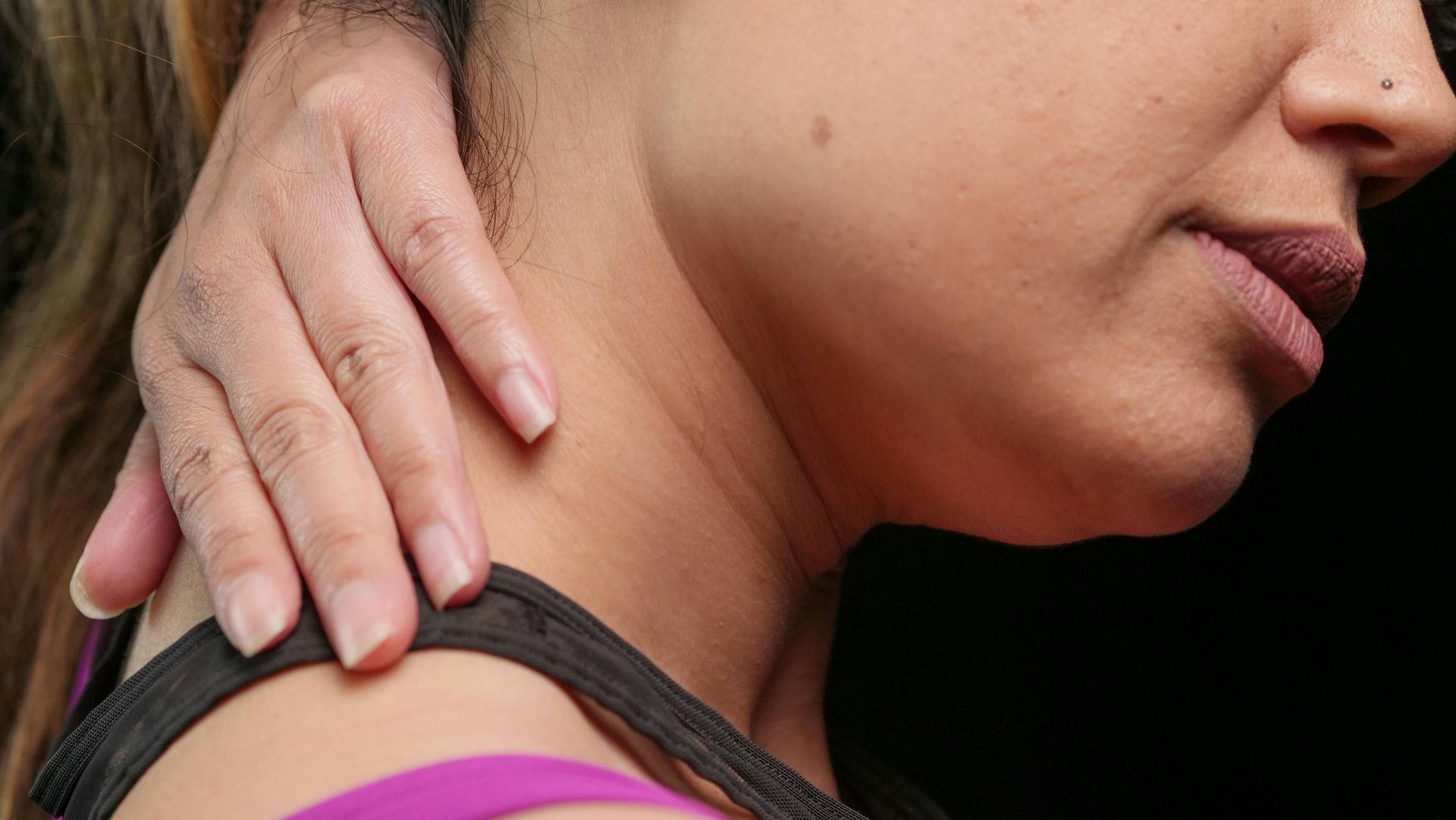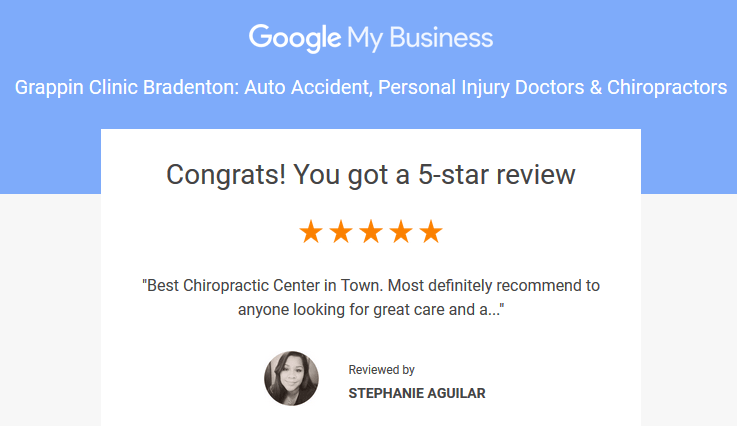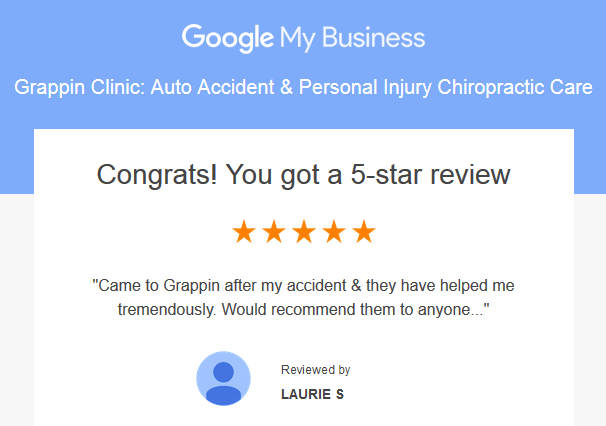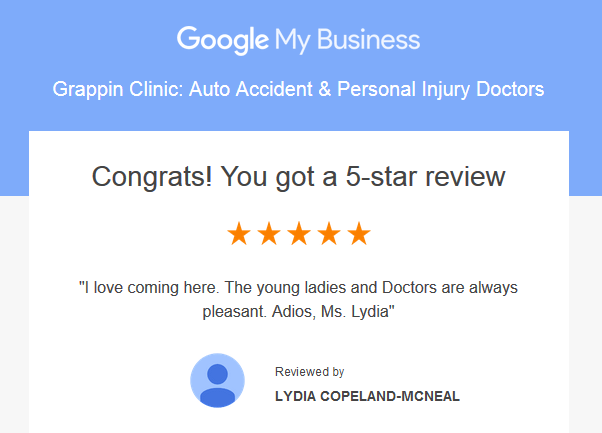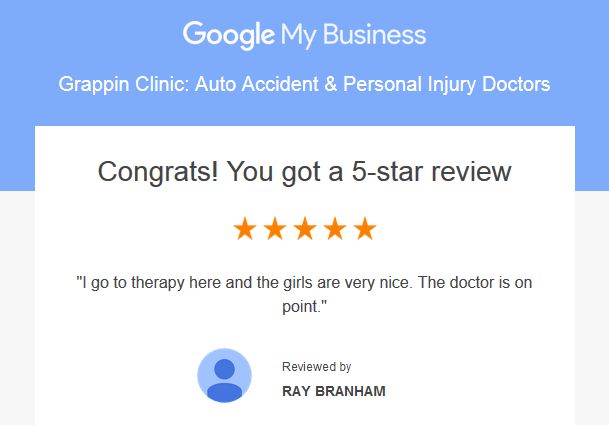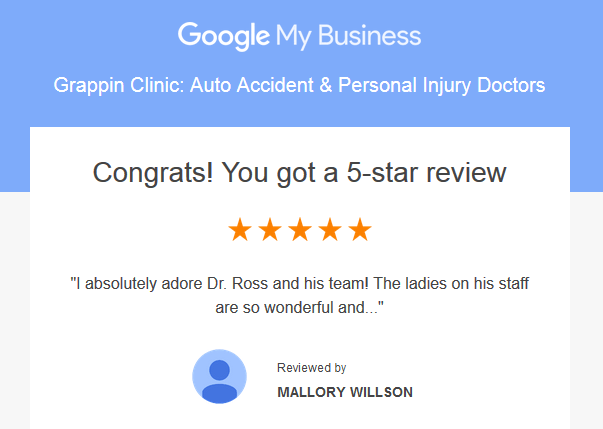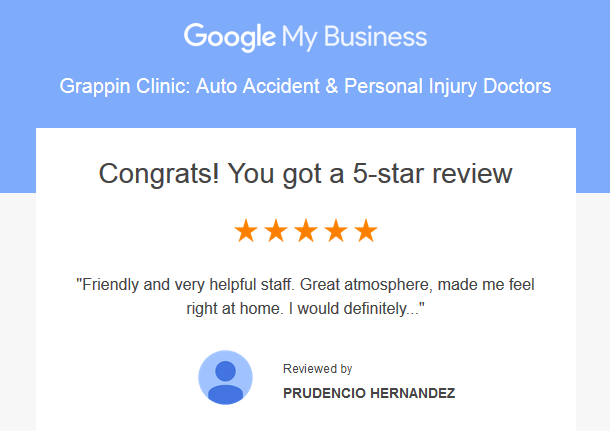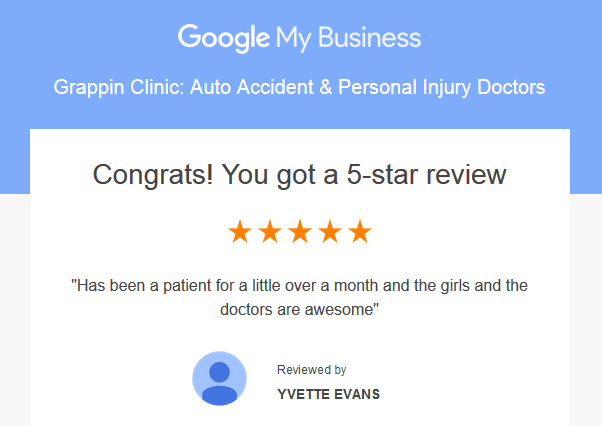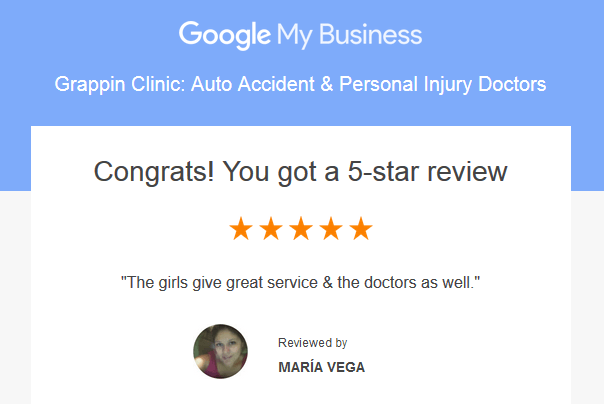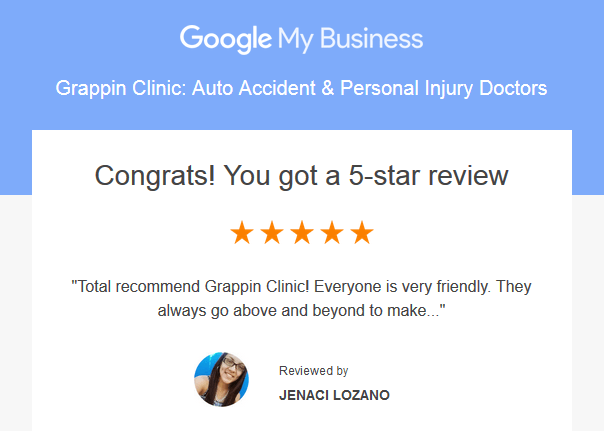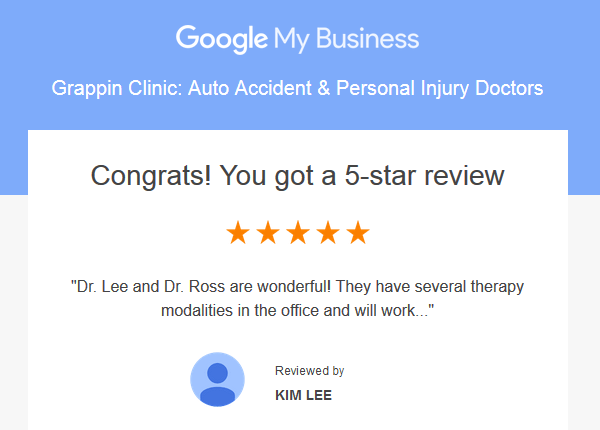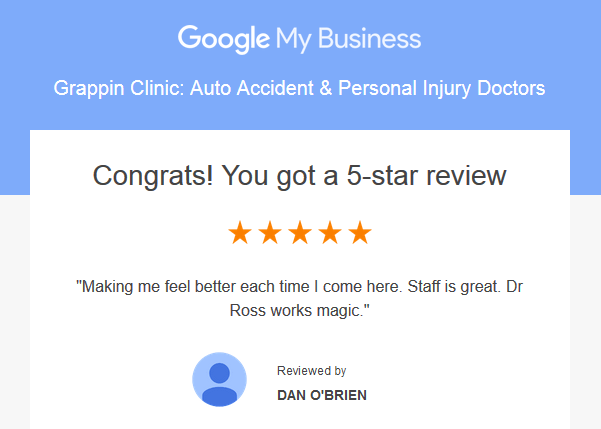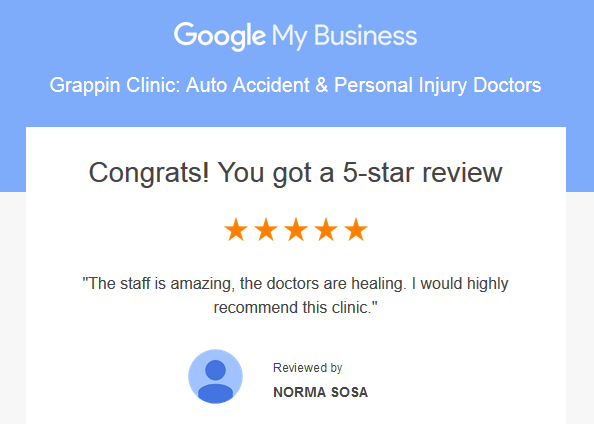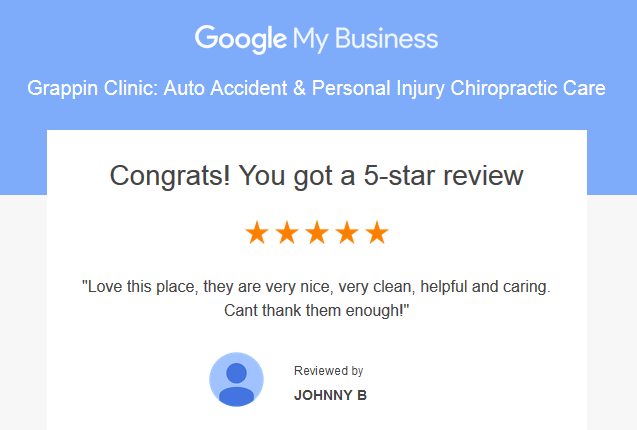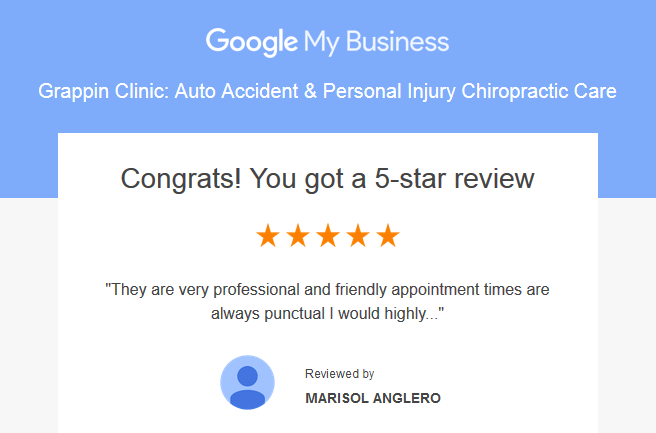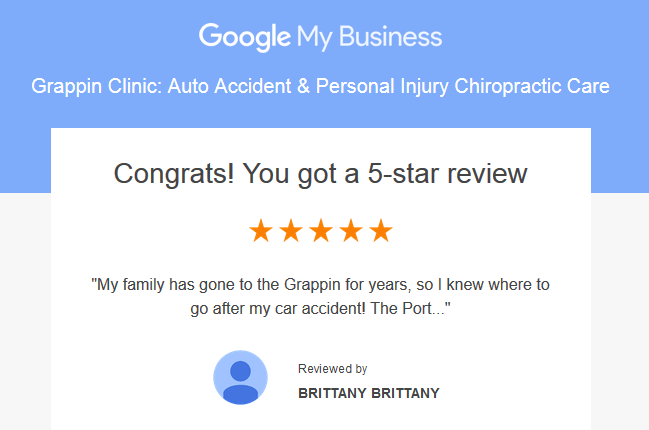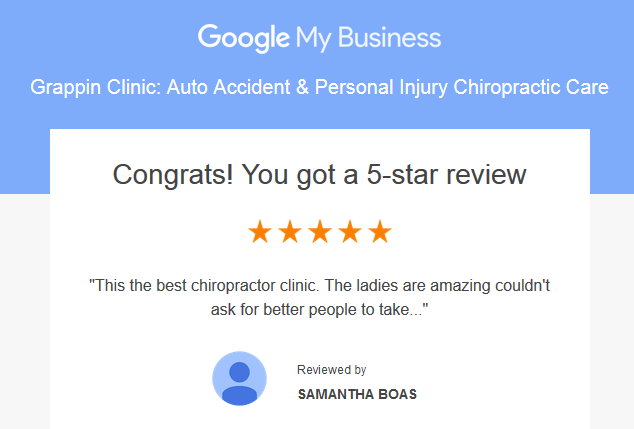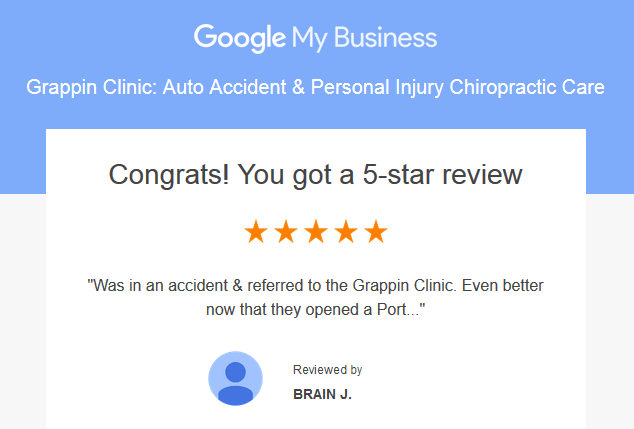Dealing with Shortness of Breath
Dealing With Sudden Episodes of Shortness of Breath With COPD, there are many things that can cause difficult breathing, or shortness of breath. Different things trigger short breathing in different people, but sometimes it just seems to happen for no reason. What can you do if this happens? First, do your best to stay calm. […]
<h3> <span style="color: #3366ff;"> <img class="alignleft size-medium wp-image-1267" src="https://irp-cdn.multiscreensite.com/a2dcf249/breathing-inhaler-300x258.png" alt="breathing-inhaler" width="300" height="258" srcset="https://irp-cdn.multiscreensite.com/a2dcf249/breathing-inhaler.png 341w" sizes="(max-width: 300px) 100vw, 300px"/> Dealing With Sudden Episodes of Shortness of Breath </span> </h3>
With COPD, there are many things that can cause difficult breathing, or shortness of breath . Different things trigger short breathing in different people, but sometimes it just seems to happen for no reason. What can you do if this happens?
First, do your best to stay calm . I know, it’s very challenging to stay calm when it seems like there is no air. Practice your Pursed-lip breathing, and try this mantra: slowly say to yourself, “I’m breathing in… I’m breathing out”.
If you have a quick relief inhaler, use it. If you wear oxygen, put it on. Do a quick scan of your surroundings: is there anything there that could have triggered this?
If you have accompanying chest pain, or your breathlessness is getting worse by the second, call Emergency Services right away. If you can stand, assume the position: hands on a chair back, or on a table or counter, leaning slightly forward. This expands the rib cage, allowing you to exhale excess carbon dioxide, and to take in a bigger breath of fresh air.
There are many factors that can cause shortness of breath. It’s important to know what can cause these frightening episodes. Often, it’s not so much a physical trigger, but a lack of best practices.

(1) Did you take your medications and inhalers today? Often, people with a good maintenance routine feel good and forget to take their maintenance inhalers, or other important drugs.
(2) Were you doing too much at once? COPD tends to slow people down. Then, on a feel-good day, said person will try and catch up on all the things that didn’t get done in the past week. Remember to pace yourself with all of your daily activities.
(3) Were you holding your breath? Sometimes we just forget to breathe, much less practice our Pursed-lip techniques. Something seemingly benign such as watching a scary TV show or movie (how about the news?) engrosses us and we hold our breaths in the suspense of it all.

So, what can you do to prevent these episodes from striking unexpectedly? Here are a few tips. Again, if you cannot catch your breath or are having chest pain, call Emergency Services immediately.
Make sure your medications are optimized. Schedule a medication review at least once a year with either your MD or a pharmacist, to ensure you are not taking any duplicate or conflicting medications.
Scan your home environment. Do you need to de-clutter a little? Dust a bit more? Do you need help with these chores? If you find that doing chores leave you breathless, (especially ones that fluff up a lot of dust) hire someone to do them for you. Splurge once a month to have someone deep-clean, dust, and vacuum. YOU are worth it!
Post your Personal Action Plan to remind you what to do in what order. The panic of the episode may cause you to forget to even use your inhaler, or forget to use your pursed-lip breathing techniques.
Keep a fan handy, whether it’s a personal hand-held fan or a larger floor-stand fan. Turn it on and stand or sit right in front of it for a few minutes.
For long-term benefits, consider joining a Pulmonary Rehab program, or starting a regular exercise program. Regular exercise has been proven to help people with COPD. Make sure you are exercising within safe limits for YOU.
.
.
.
Kelly Welton, RRT-NPS has been a Registered Respiratory Therapist for over 33 years, and has taught Pulmonary Rehab programs at several Medical Centers.
http://www.TheBreathingSpecialist.com, and http://www.COPDSuccess.com/join
Can’t make it to a live program? Visit our page for information on exercising safely with COPD.
Article Source: http://EzineArticles.com/expert/Kelly_Welton/2321764


